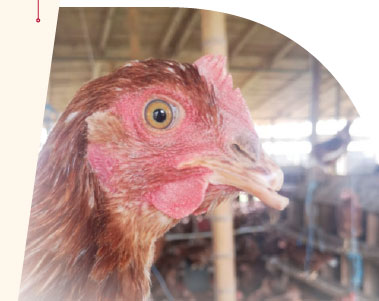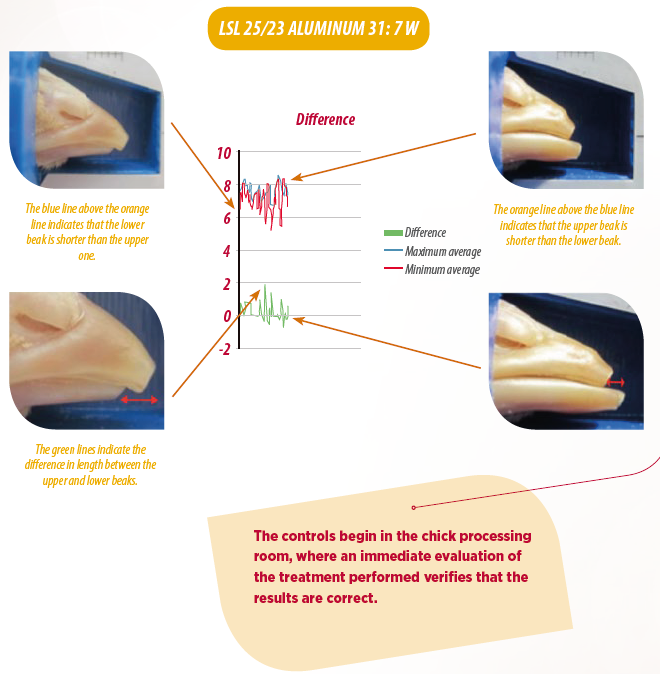Management & Welfare
Beak treatment: Following the current market situation
To read more content about 2019
Management & Welfare
To read more content about 2019
Content available at:
Español (Spanish)
After several years of conducting different tests for the most suitable beak treatments that could be performed on birds and adapting them to current market trends (namely animal welfare) the results have led us to adapt to two types of treatments.
SHORTER BEAKS
Farmers that look for shorter beaks have in mind the objective of minimizing the possibilities of feather pecking as well as instances of cannibalism. In this case, the birds will have blunter beaks (the shorter the length, the blunter the beak) and therefore cause less damages.
BEAKS WITH MINIMAL TREATMENT

All the changes are supported by a series of controls and evaluations of the treated flocks. This has allowed us to narrow down the range of treatments to work with. In addition, the monitoring that we continue to do routinely on certain flocks allows us to verify that the results are correct, with the minimum possible deviations from the objectives set.
